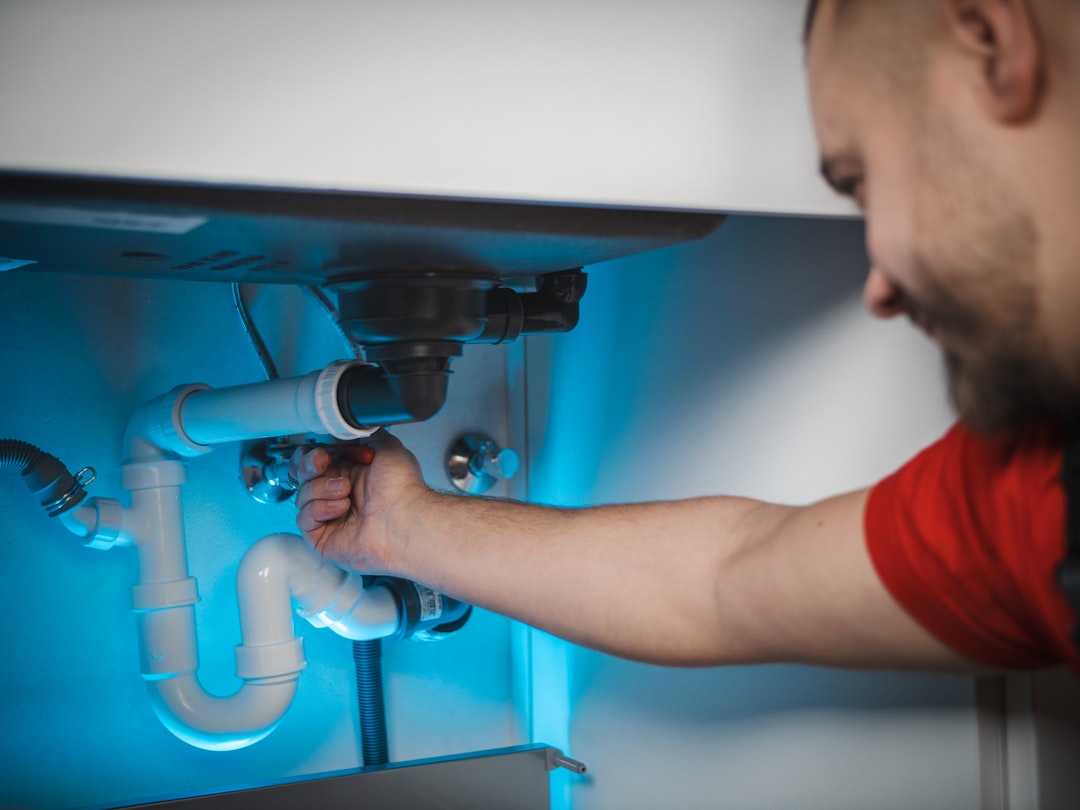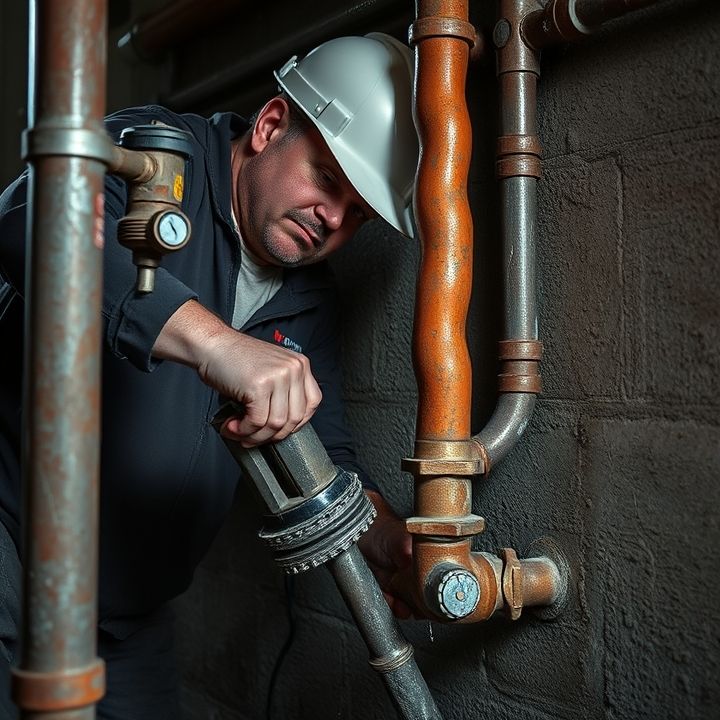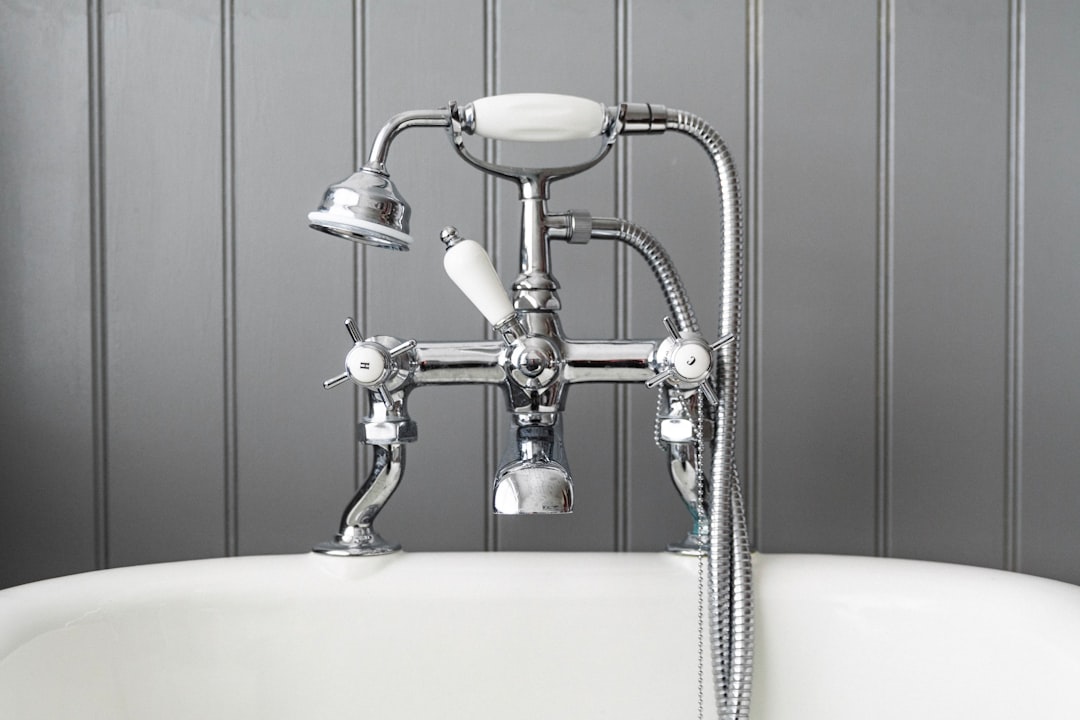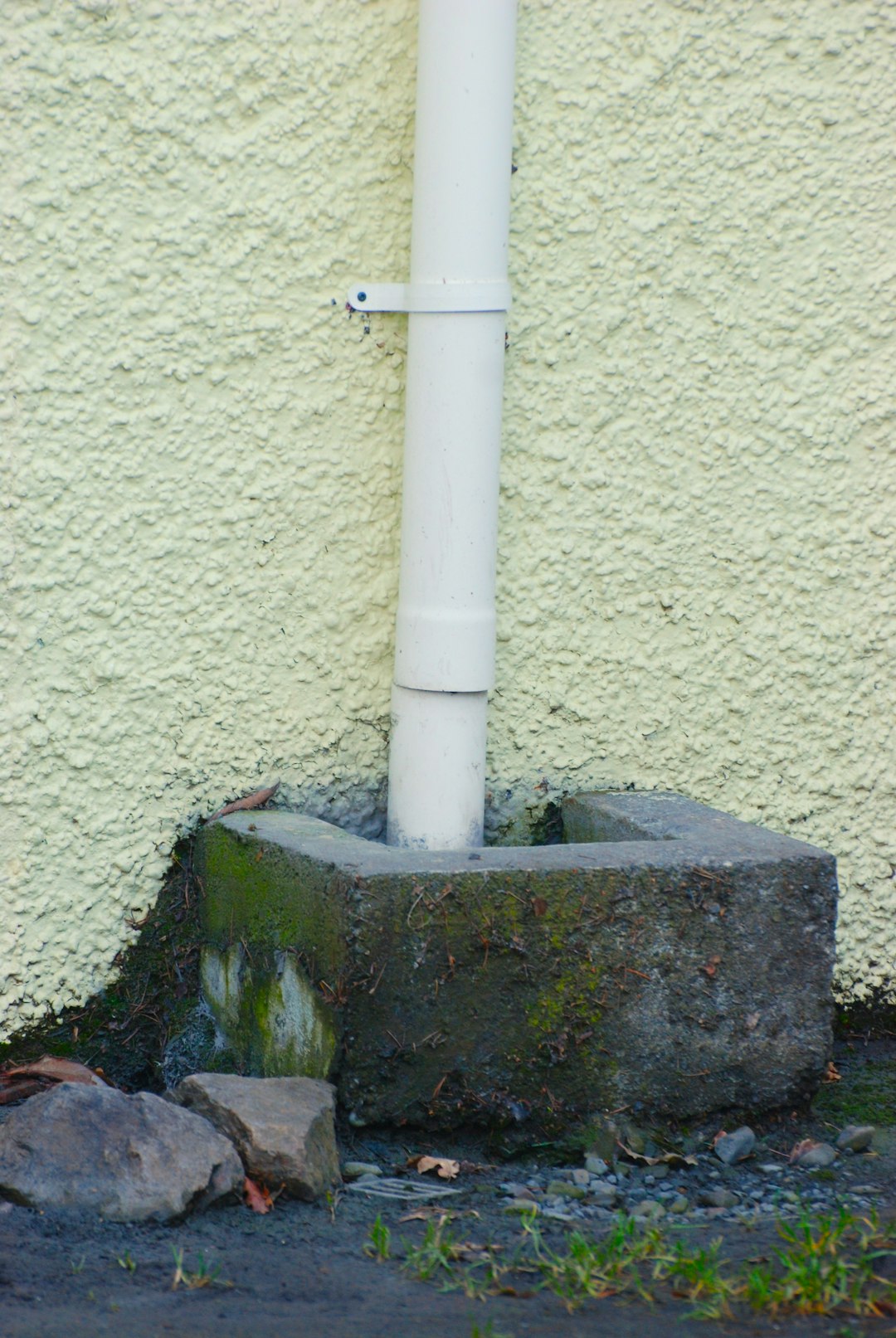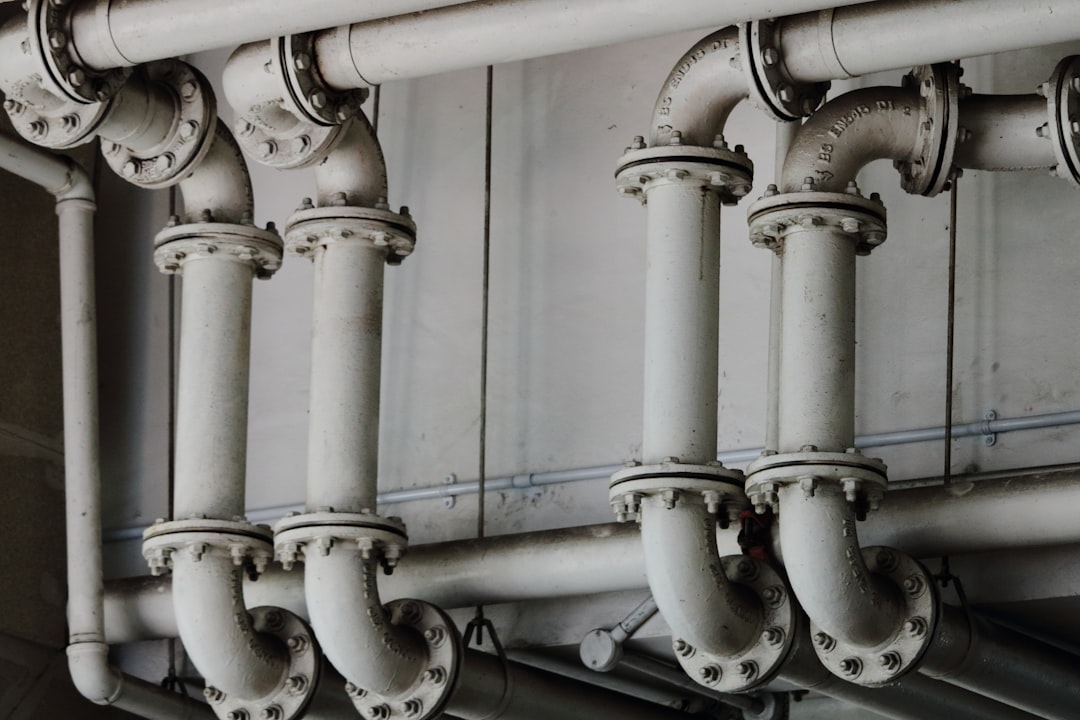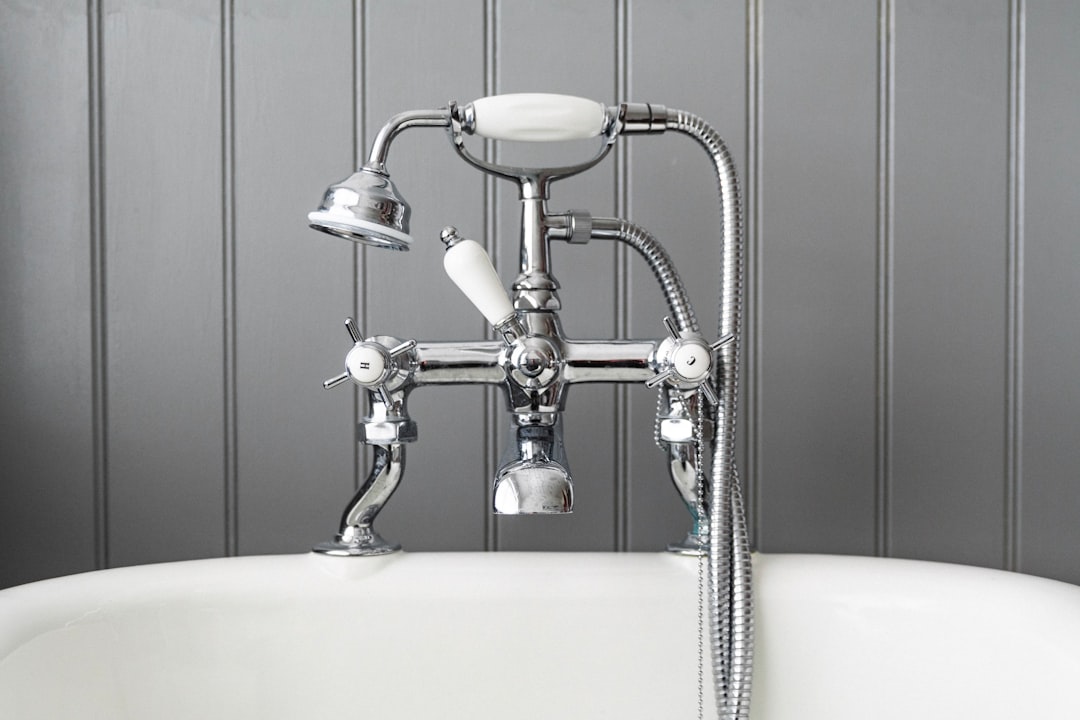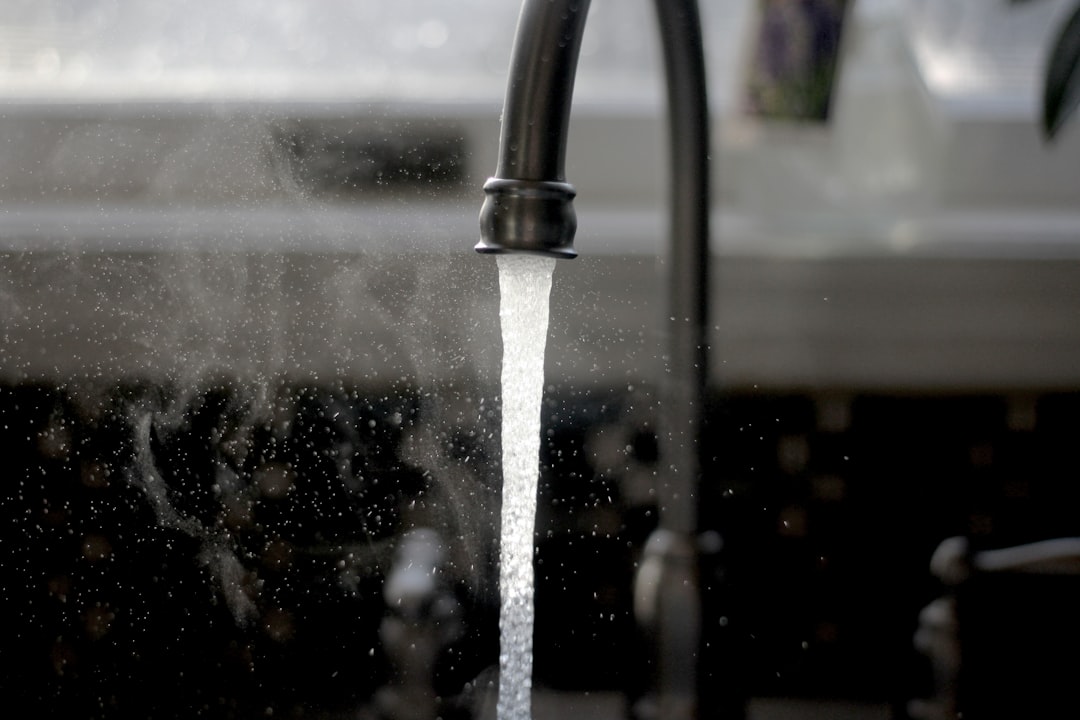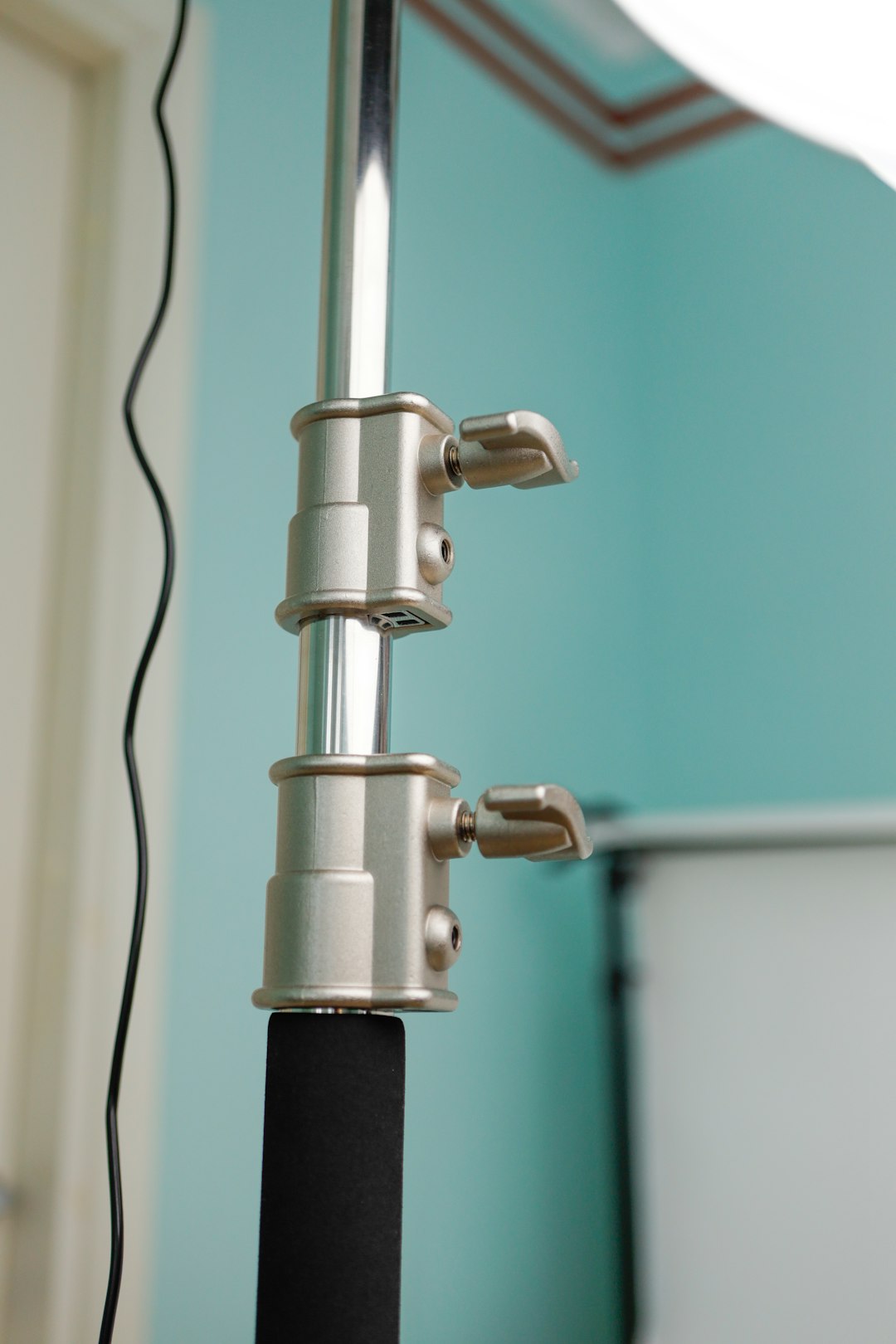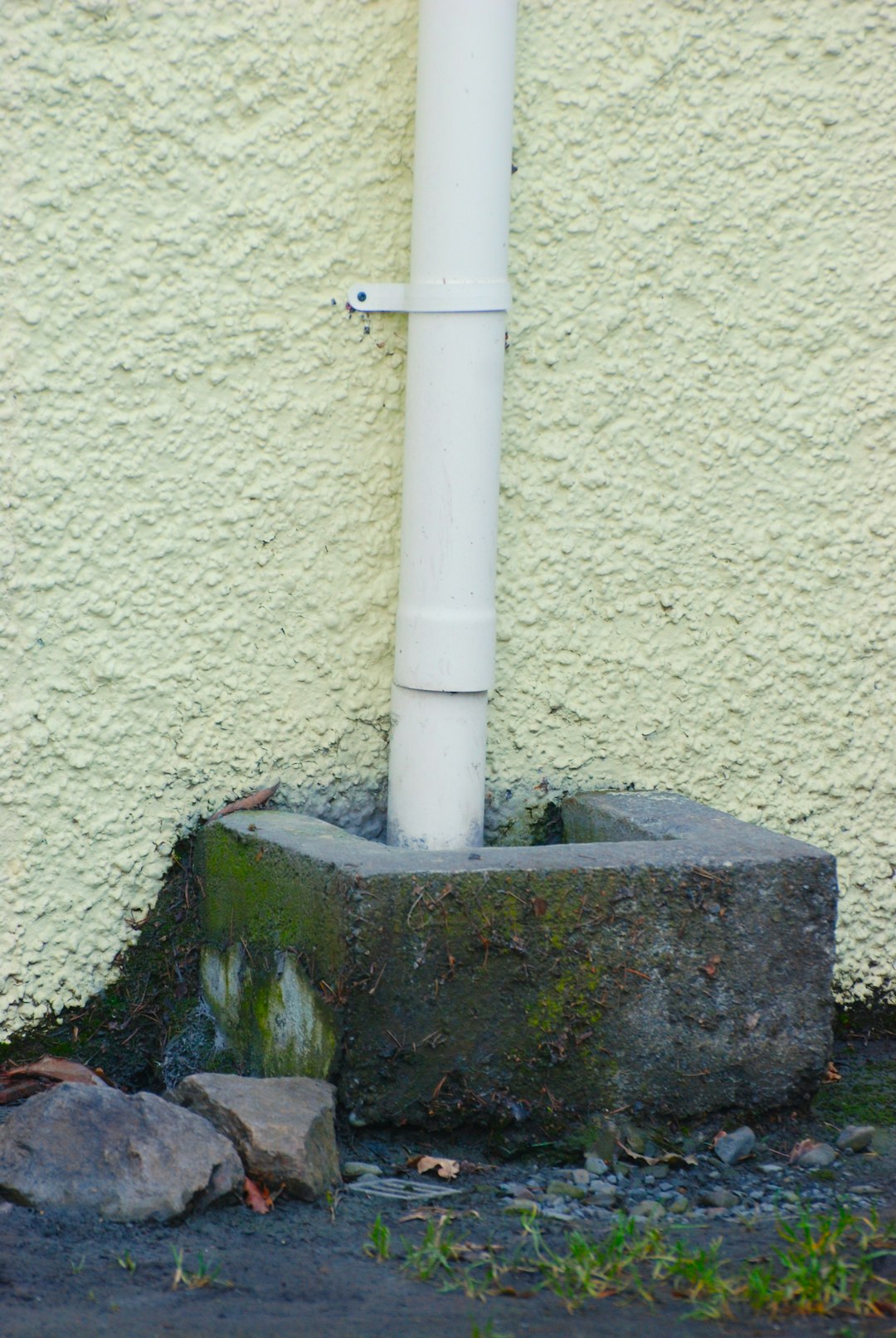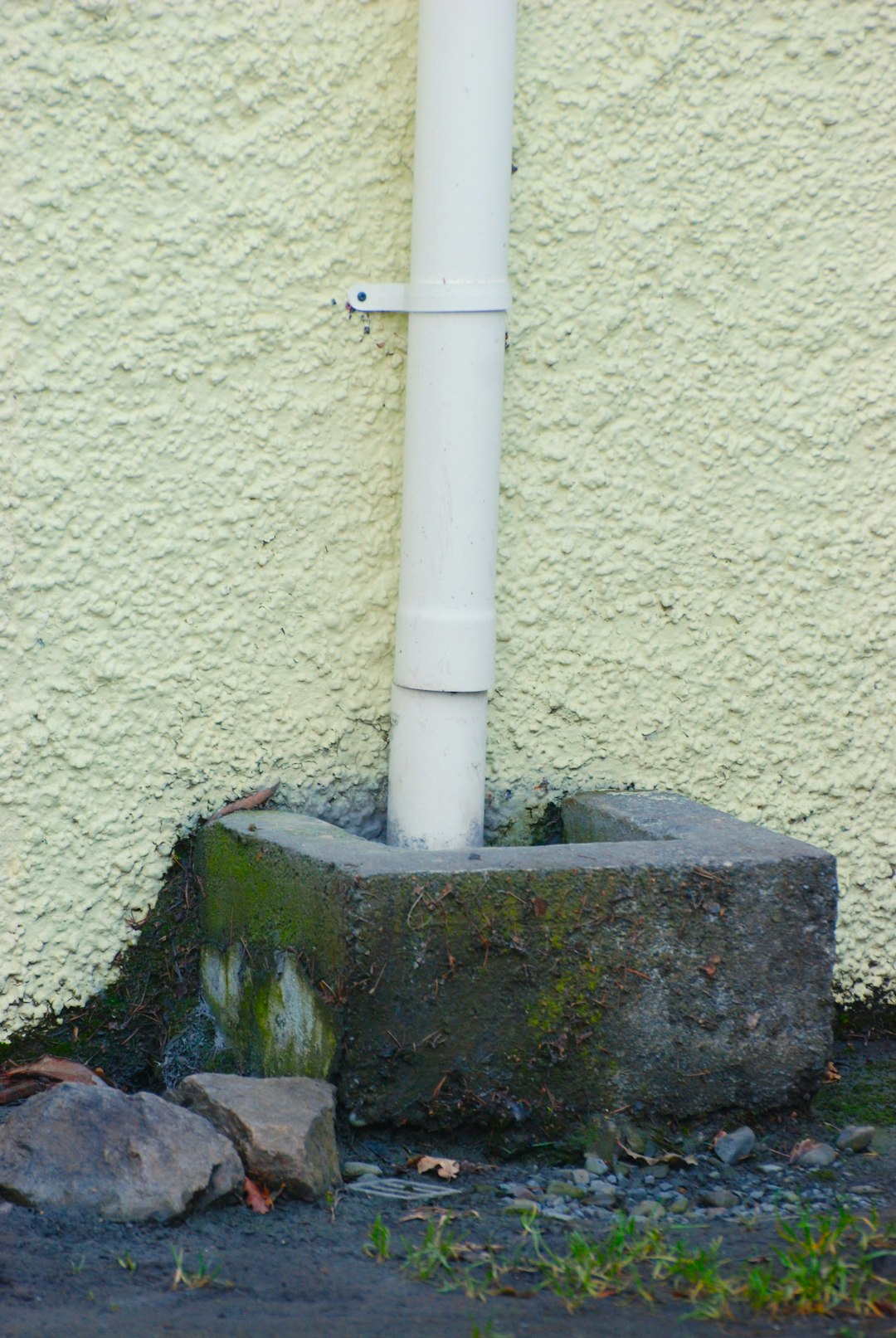Table of Contents
- Introduction
- Current trends in plumbing pipe replacement and costs
- Importance of plumbing fixture installation in modern homes
- Common plumbing valve repair issues and solutions
- Understanding plumbing emergency service: what to expect
- Effective plumbing drain cleaning techniques and tools
- Latest advancements in plumbing water heater service
- Plumbing sewer line repair: signs and preventative measures
- The role of plumbing leak detection in home maintenance
- Conclusion
- Frequently Asked Questions
Introduction
In an era marked by rapid technological advancement, even the world of plumbing is undergoing a revolutionary transformation. Gone are the days of simply fixing leaks and unclogging drains; today’s plumbers are equipped with cutting-edge innovations that dramatically enhance efficiency and effectiveness. This article will delve into the most exciting trends and innovations redefining the plumbing industry, from smart home technology integration to eco-friendly solutions that conserve water and energy.
Are you curious about how these developments will shape our everyday lives? As the demand for more sustainable and efficient systems grows, the future of plumbing is not just about fixing problems—it’s about preventing them before they even arise. Imagine a world where your plumbing systems notify you of issues before they escalate, or energy-saving appliances reduce your household bills while contributing to a greener planet. Join us as we explore how the latest plumbing innovations are not only unclogging pipes, but also paving the way for a more sustainable and efficient future.

Current trends in plumbing pipe replacement and costs
In the plumbing industry, there are several current trends regarding pipe replacement and associated costs. One significant trend is the shift towards using more durable materials, such as PEX and CPVC, which offer greater resistance to corrosion and can withstand extreme temperatures. These materials often lead to reduced long-term costs due to lower maintenance and repair needs. Additionally, trenchless technology is gaining popularity for pipe replacement, allowing for repairs without extensive digging, minimizing disruption and labor costs.
Another noteworthy trend is the increased use of smart plumbing solutions, including sensors that monitor pipe conditions and detect leaks early. While the initial investment may be higher, these technologies can save homeowners significant amounts in damage repair over time. Moreover, economic factors, such as inflation and supply chain issues, are influencing the overall costs of plumbing materials. Prices have fluctuated, prompting homeowners to consider timing when planning their pipe replacement projects. Staying informed about these trends can help consumers make better decisions and plan their budgets effectively.
Importance of plumbing fixture installation in modern homes
The installation of plumbing fixtures in modern homes is crucial for both functionality and aesthetics. Plumbing fixtures, including sinks, toilets, faucets, and showers, play a significant role in the daily lives of homeowners and significantly impact the overall comfort and convenience of a household.
Proper installation ensures that these fixtures operate efficiently, preventing leaks and reducing water wastage. In addition, well-installed fixtures enhance the visual appeal of bathrooms and kitchens, contributing to the overall design and modernity of the home.
Furthermore, quality plumbing fixture installation can lead to increased property value. Potential buyers often prioritize homes with updated and well-maintained plumbing systems. Investing in professional installation also means that homeowners can avoid costly repairs in the future, as subpar installation may result in ongoing issues.
Moreover, modern plumbing fixtures often include innovative features such as water-saving technology, which promotes sustainability by reducing overall water consumption. Understanding the importance of proper plumbing fixture installation can lead to a more efficient and enjoyable living environment.
Common plumbing valve repair issues and solutions
Plumbing valves play a crucial role in controlling water flow in various systems. However, they can encounter several common issues that can lead to leakages, reduced water pressure, or complete failure. One frequent problem is valve leakage, often caused by worn out seals or O-rings. To address this, homeowners can disassemble the valve, replace the damaged parts, and reassemble it carefully to ensure a tight seal.
Another issue is a valve that won’t open or close properly, sometimes due to debris lodged inside. In such cases, a thorough cleaning or replacement of the valve may be necessary.
Moreover, corroded valves can lead to significant plumbing problems. Regular maintenance, including inspecting for signs of rust or wear, can preempt these issues. Upgrading to newer, corrosion-resistant materials can also provide long-term solutions.
Finally, pressure control valves can malfunction, leading to fluctuations in water pressure. Adjusting or replacing the pressure regulator can help restore stable pressure levels. Keeping an eye on these common valve issues can enhance the efficiency of your plumbing system.
Understanding plumbing emergency service: what to expect
Understanding plumbing emergency service is crucial for homeowners facing unexpected issues. Emergencies can range from burst pipes and severe leaks to malfunctioning water heaters and backed-up sewer systems. When a plumbing crisis occurs, it is essential to know what to expect from an emergency service provider.
Typically, emergency plumbing services operate 24/7, ensuring that help is available at any hour. Upon calling, you will likely be prompted to describe the problem. This helps the technician assess the urgency and the necessary equipment they might need. Expect a qualified plumber to arrive promptly, equipped with tools and parts to address various situations.
During the service, the plumber will diagnose the issue, explain the necessary repairs, and provide a transparent estimate before proceeding. This transparency helps you make informed decisions. After repairs are completed, reputable services will often follow up to ensure that the problem has been resolved and that you’re satisfied with the work performed. Understanding these aspects can relieve some stress associated with plumbing emergencies.
Effective plumbing drain cleaning techniques and tools
Effective plumbing drain cleaning techniques are essential for maintaining a smooth and functional plumbing system. One of the most common techniques is the use of a plunger, which creates pressure to dislodge blockages. For deeper clogs, a plumber’s snake, also known as an auger, can be employed to reach further down the drain and break up stubborn obstructions.
Chemical drain cleaners are also an option, although they should be used with caution as they can be harmful to plumbing and the environment. A more eco-friendly alternative is a mixture of baking soda and vinegar, which can effectively dissolve grease and organic material when used regularly.
Additionally, hydro-jetting is a powerful technique that uses high-pressure water to clear drains. This method is typically handled by professionals but is extremely effective for tough clogs and buildup. Regular maintenance, including simple techniques like flushing drains with hot water, can prevent future issues and keep plumbing systems in optimal condition.
Latest advancements in plumbing water heater service
The plumbing industry has seen significant advancements in water heater services, enhancing efficiency and user experience. New technologies such as tankless water heaters are gaining popularity due to their ability to provide hot water on demand, eliminating the need for a storage tank and reducing energy costs. Additionally, smart water heaters are entering the market, allowing homeowners to monitor and control their water heating systems remotely via smartphone apps.
These advancements not only improve convenience but also promote energy conservation, as many modern units are designed with better insulation and more efficient heating elements. Solar water heating systems are also becoming more accessible, utilizing renewable energy to heat water, thus reducing dependence on fossil fuels and lowering utility bills.
Furthermore, innovations in materials, such as corrosion-resistant components, are extending the lifespan of water heaters, reducing the frequency of repairs and replacements. These developments reflect the industry’s commitment to sustainability, efficiency, and enhanced customer satisfaction.
Plumbing sewer line repair: signs and preventative measures
Identifying signs of sewer line issues is crucial for timely plumbing repairs. Common indicators include slow drains, gurgling sounds from pipes, and unpleasant odors emanating from drains. If water backs up in multiple fixtures, it could signal a serious blockage or damage within the sewer line. Additionally, visible signs such as wet spots or sinkholes in your yard can indicate a leak or break in the line.
To prevent future sewer line issues, regular maintenance is key. Homeowners should schedule routine inspections with a licensed plumber to catch potential problems early. Using drain screens can help prevent debris from entering the sewer line. Additionally, being cautious about what is flushed down toilets and poured down sinks can significantly reduce risks; avoid flushing wipes, grease, and non-biodegradable items.
Using enzyme-based cleaners can keep pipes clear without harming the plumbing system. Becoming aware of the age of your plumbing system is also vital, as older pipes may be more susceptible to damage and require replacement or repair more often.
The role of plumbing leak detection in home maintenance
Plumbing leak detection plays a crucial role in home maintenance, as it helps homeowners identify and resolve issues before they escalate into more significant problems. Leaks can occur in various areas, including pipes, faucets, and appliances. If left undetected, these leaks can lead to water damage, increased utility bills, and even mold growth.
Early detection of leaks not only saves homeowners money but also protects the integrity of the home. Advanced technologies, such as infrared cameras and moisture meters, are now used to pinpoint leaks with precision. Regular plumbing inspections can also aid in uncovering hidden leaks that might not be visible to the naked eye.
Moreover, being proactive in leak detection contributes to overall energy efficiency, as undetected leaks can cause heating or cooling systems to work harder than necessary. Thus, integrating leak detection into regular maintenance routines ensures that homeowners maintain their plumbing systems effectively, improving both the comfort and safety of their living environment.
Conclusion
As we look toward the future of plumbing, it’s clear that innovation is paving the way for more efficient, eco-friendly, and cost-effective solutions. From advanced leak detection technologies to smart water heater systems, these developments are not only enhancing our daily lives but also promoting sustainability. Homeowners must stay informed about these exciting trends and regularly maintain their plumbing systems to prevent potential issues. By investing in quality plumbing fixtures and services, you not only improve your home’s functionality but also ensure its longevity and value. If you’re facing plumbing challenges or simply wish to upgrade your system, don’t hesitate to reach out for professional assistance. For reliable plumbing services that can help you navigate these innovations and keep your home running smoothly, call 573-555-2121 today. Our experienced team is ready to assist you with all your plumbing needs!
